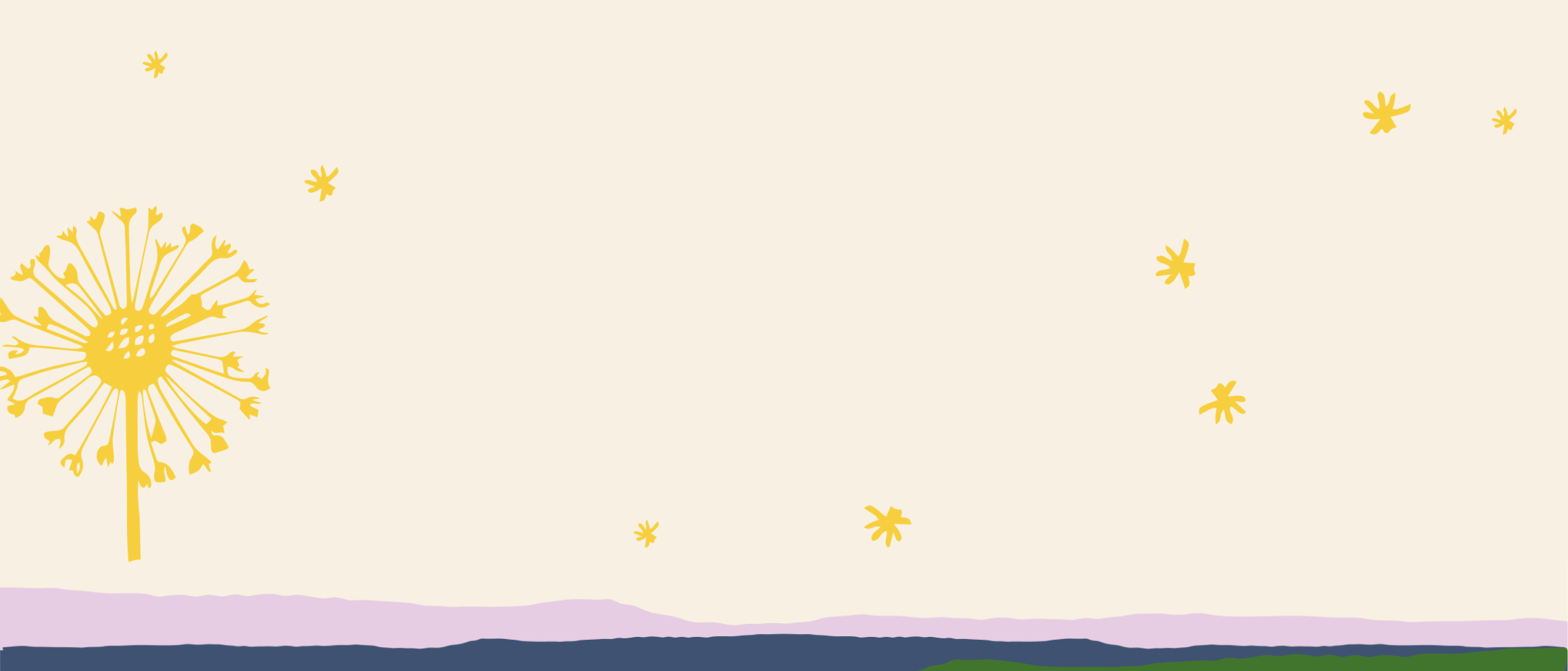The city I come from is a mix of a bicyclist’s utopian dream and traffic jams. A dreadful, infuriating, and entertaining chaos that encompasses street vendors and artists at every corner, public buses, trucks, zorras (donkey carts that were banned to circulate in traffic around 2012), motorcycles, bikers, and pedestrians. With 7.4 million beating hearts mobilizing through the veins of beautiful grid chaos, you can describe it as magical realism. Juxtaposed, I come from the first city to implement la Ciclovia forty-six years ago, I come from a city that bans cars every Sunday and opens its streets to pedestrians and cyclists of all socio-economic backgrounds, creeds, and abilities. To me, it’s the most democratic event I’ve attended in my life. That is fifty-two Sundays every year, including national holidays and “dia sin carro”. I come from a city that has 75 miles of roadways dedicated to active transportation every Sunday. To date, its updated active transportation infrastructure includes 250 miles of protected Ciclorutas (bike lanes) for people to walk, run, unicycle, work, exercise, cruise, and run errands. I come from a city that sits closer to the stars at an altitude of 8,660 feet, this city is Bogotá D.C, the Colombian capital. This setting allowed for my childhood to be full of jaw-dropping inspirational moments and forged my love of using my body as a mode of transportation.
My school bus would drop me off a couple of blocks away from home, where I’d pop into the corner store “Donde Dairo” and buy chocolate bars and eat them before I gave my mom the chance to roll her eyes at me for spoiling my appetite for dinner. Greeting people on the street was part of a pedestrian’s role and I have carried that with me. I felt safe and without knowing how to articulate it, I knew that people biking and walking around would make it safer for me to do the same. Learning of Jane Jacobs “eyes on the street” while studying Urban Planning allowed me to appreciate even more Bogotá. “The logic is simple: the more people in the streets, the safer they become. Their “eyes on the street” provide informal surveillance of the urban environment. For residents to move safely through the streets, other people need to be present, contributing to an atmosphere of safety” the skylines windows and small houses acted as continuous vigilantes of the street. La Ciclovia was often my safe place to bike with my brothers. By 10 years old, we were going around town on our own. This autonomy provided a sense of freedom and belonging, curiosity to discover and learn about our city, our culture, and our community. Even though we had a car for the family, we mostly used it only to travel outside the city and for other long-distance trips. When I was teenager, my mom made the hard decision that we must leave our home country.
A combination of factors made us leave our family, friends, and roots behind for a chance of new life in the US. The first place we moved was a suburb in San Diego. We quickly noticed the abundance of resources and cleanliness of the streets, identical houses immaculately painted. We were excited by the change and newness of our surroundings; we were so excited! It may sound counterintuitive, but we quickly were able to afford a car. Cars in Latin America are not as affordable as they are in the US. Today, they are becoming more affordable and a key indicator of status for the middle class of Colombia, but there are steep prices to pay for imported cars and living in a city with public transportation avoids the need for a car. Being able to afford a new car was new to us and it became an essential tool to get around since the mom and pop shops we were used back in Colombia, weren’t in San Diego. We ditched our bikes and walking feet to embrace the car culture. One of my brothers failed the DMV driving test twice, that’s how much of a bus taker, cyclist, and pedestrian he was. After the newness of the US wore off, isolation and the lack of freedom to roam I experienced as a child, started to wear on me. I noticed how the community I lived in focused more on individuality and personal freedom, in sharp contrast with the more collective and community-oriented perspective I grew up with in Bogota. Via osmosis, my fear of walking or cycling alone at any time of the day slowly took over and suddenly my trust in my fellow pedestrians and cyclist which I once embraced, evaporated.
This pandemic has given me the chance to pause and question the values and ideas that have brought us to such an existential crisis (climate change, social-economic inequality, racial injustice, etc.). As I think about the current reckoning with racial injustice in the US, I’m trying to connect my own life experiences and professional career to better understand the connection between how our cities are planned and what impacts it has on our social fabric. Would we be less suspicious of our neighbors, pedestrians and cyclists if the built environment more easily permitted us to have daily human interaction where we recognize each other, where your ethnicity or color doesn’t dictate another person’s reaction to your presence? Would we stop and help a stranger, or would we speak up if we see injustice on our way to the grocery store or at our local park? What if getting outside more often and taking care of our bodies and health was a twofold event and allowed us to look at a person in the eye, acknowledge them, and keep going on about your day.
I love how small our Santa Cruz community is and the idea is not to imagine Santa Cruz as a big city. What can we do with redirecting existing resources and moving forward infrastructure to make active transportation more attractive?
Often, it’s a question of what comes before, the chicken or the egg. If folks walk, bike and utilize their streets to navigate their community, we will create a need that cannot be ignored. Or do we call for safer infrastructure to start biking and walking more? The reality is, it’s a mix of both. There are two ways you can help right now. Join Santa Cruz Love to Ride to log rides and help encourage more people to ride more often here in Santa Cruz. Make your voice heard with the Santa Cruz County Active Transportation Plan and let us know where improvements to walk and biking can be made! When we move together in space we bond. Perhaps now it’s the time to re-build our society that recognizes our interconnectedness (with each other, and with Nature) and is based on the idea that we can only thrive when we work together.
In the future I envision, roads adjusted for all users, safe for people of all walks of life, and especially for BIPOC.



